Don’t get it twisted. The machines are taking over.
It’s only a matter of time until we’re all serving aluminum overlords’ every beck and call.
Fortunately for all of us simple humans, that day is not today.
Despite being a regurgitating raconteur, AI is still a glorified mansplainer – like the Wizard of Oz, minus the fancy haberdashery.
It can’t wrap its dumb little head around anything subjective.
It’s eye-wateringly expensive to run. Orders of magnitude more than Google Search. As if that weren’t bad enough, AI content also makes a mockery of E-E-A-T.
And its source material is probably (definitely) stolen, infringing on others’ copyrights and fair use intellectual property rights.
Promising? Sure. Ready for prime time? Not quite.
So don’t fire your whole writing team just yet (unless they already sucked to begin with).
There are still a few things AI can’t do and won’t be able to do for years to come.
1. Google has already been disrupting top-of-the funnel content for years
Microsoft made waves with a massive $10 billion investment into OpenAI.
That’s a lot of cheddar. But there’s only one problem…
Nobody uses Bing.
Seriously, no matter how you slice or dice the data, they have less than 10% of the market to Google’s ~80-90%+.
So will AI help? Sure. I mean, it can’t hurt! It was already a ghost town to begin with.
I’m not (just) being flippant. I’m making a point.
Google has already been disrupting SERPs – for years! – with a proliferation of featured snippet and knowledge graphs, and instant answers that give you exactly what you’re looking for… without requiring a single click.
That means U cAn GeT yUr DrInK oN without ever clicking on poor liquor.com below (and giving them some “ad cents.” (Get it?)

2. Spend more time on MOFU and BOFU content (i.e., the less disruptable stuff)
Despite Google SERPs + AI already cannibalizing your top-of-the-funnel (TOFU) content, it’s less destructive for middle or bottom-of-the-funnel (MOFU/BOFU) stuff.
You know, the kind that actually compels people to do something – click, opt-in, add to cart, start a trial, create an account, or just hit the Buy button.
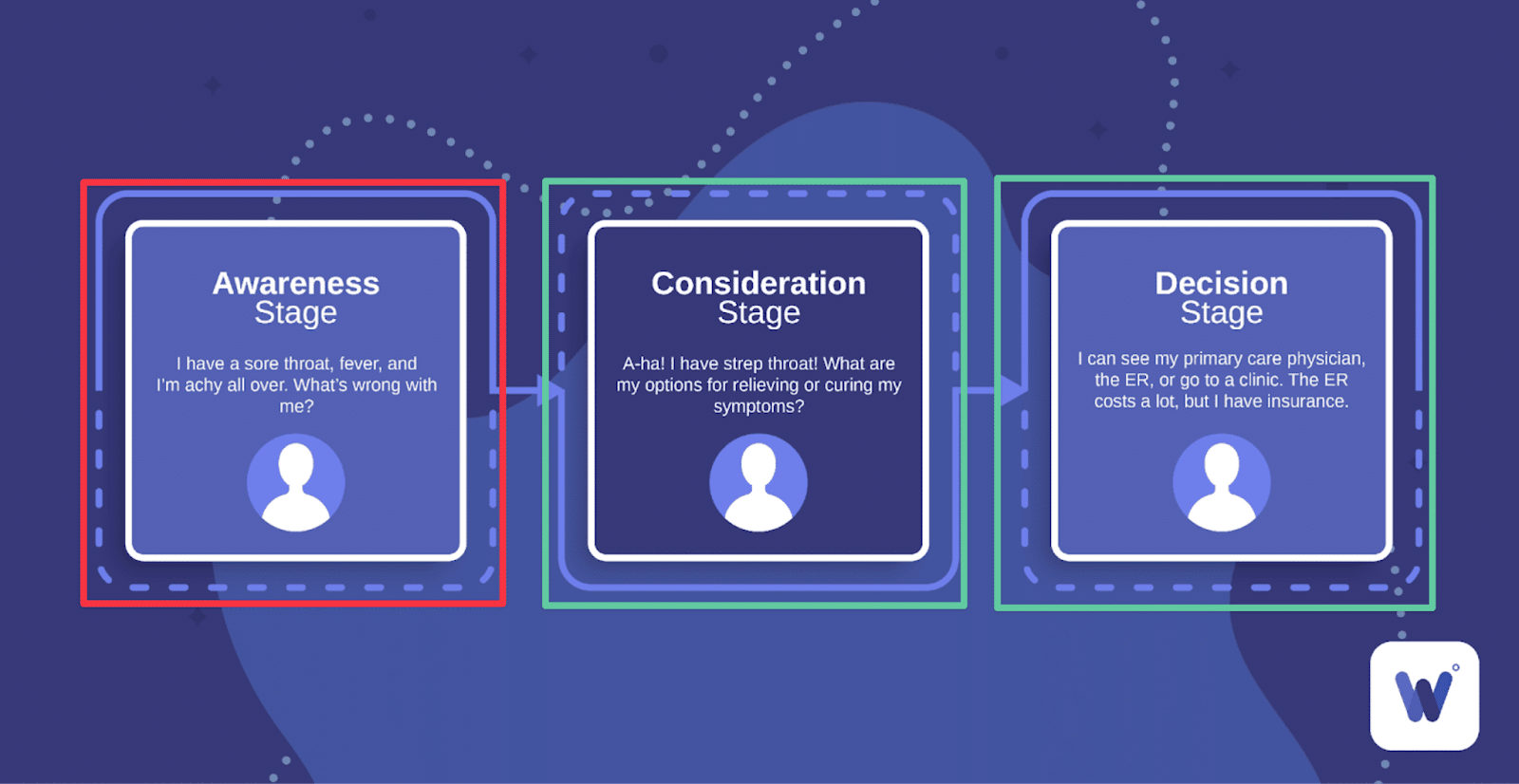
AI content will be similar for the foreseeable time, because the underlying technology relies exclusively on pretrained models.
It’s why machine can often beat Grand Masters at chess. They can scan and store information (read: patterns and moves) and then make decisions based on that data faster.
Like “garbage in, garbage out,” it associates data points that often show up together, then spits it back out again when called upon – without actually understanding what it’s saying.
So while AI content can do a passable job at a simple, black-and-white query like “What is Advil?” and similar, it’s less useful for figuring out if you need Advil or if you should go to the ER.
Which brings us to the next subplot:
AI content is notoriously wrong. Not, like, some of the time – but, like, all of the time.
3. Great content is often written by subject-matter experts, with quotes and nuance to add color to a topic or angle
The world we live in is not black and white. It’s all shades of kinky, messy, sweaty grey.
That’s also why the best content is done by or with subject-matter experts.
‘Cause said experts rely on primary research and verifiable facts or stats vs. baseless claims to properly prepare persuasive points.
That’s not what you get with AI content.
Plus, it’s easy to spot, like the nerdiest game of whack a mole. A new version of ChatGPT is released, a few weeks later, Turnitin can spot it with 97% accuracy.
Take even the title of this article. It was initially going to be a straightforward “how-to,” but I knew turning it into a Top 10 listicle would get more attention.
Knowledge of the audience should even inform the content structure.
But that isn’t all.
The very definition of “content” continues to evolve as more and more stuff shows up in today’s SERPs.
4. Better structure content types around the Query + SERP layout
Google “HubSpot tutorial” and here’s what you won’t see first:
- PPC Ads.
- HubSpot.com.
- People Also Ask questions.
- Traditional organic listings.
- Knowledge Graph.
Give up?
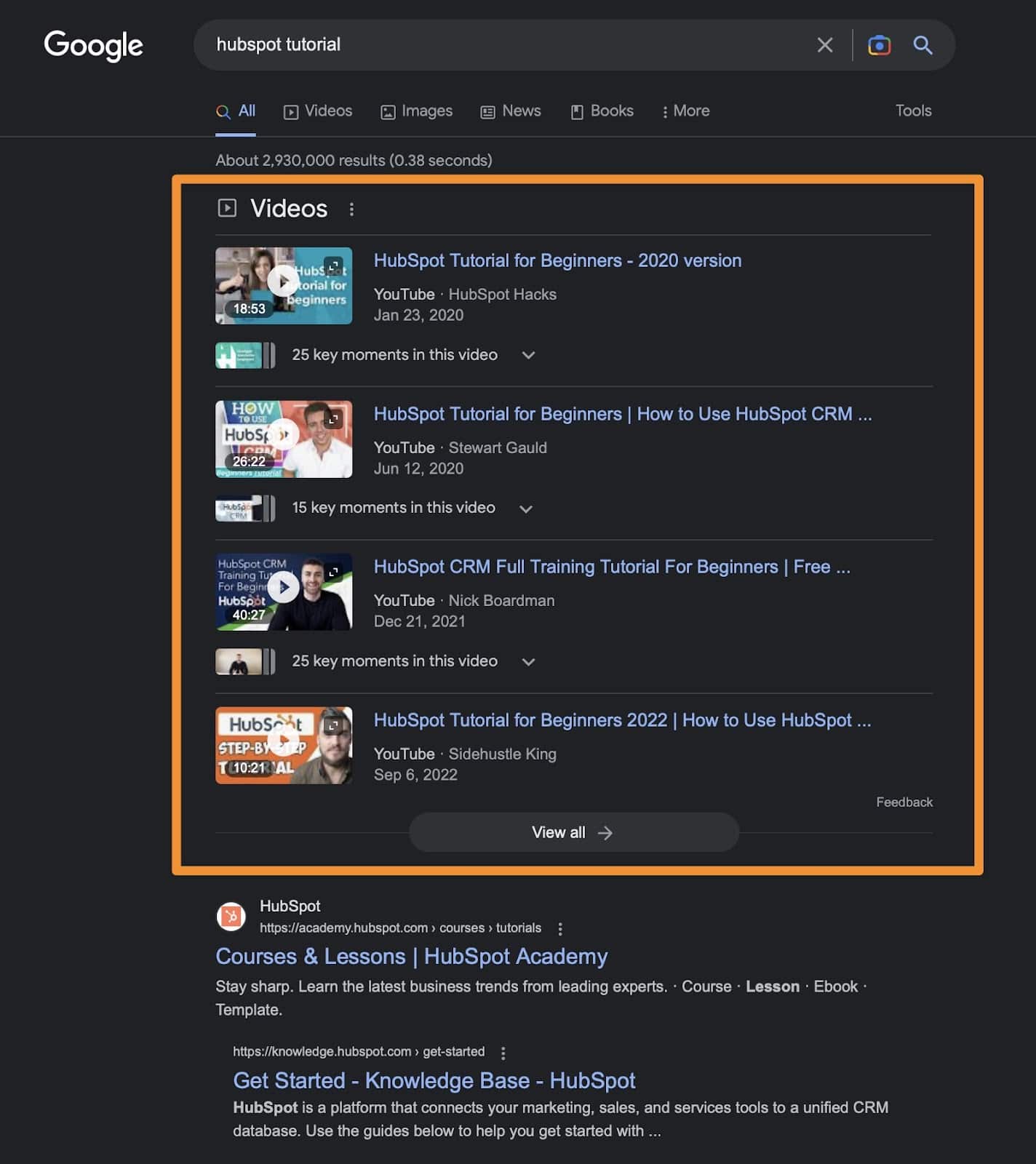
Videos!
C’mon, OpenAI. Where’s your vlogging game at?
This is a perfect segue (if I do say so myself) because the one thing that video often has over plain text is personality.
The delivery of the content in video is arguably just as (if not more) important than the actual content.
But. That shouldn’t necessarily be the case.
It just is. Because most writing on the web suuuuuuuuuuuuuuccccckkkkssss.
Take the obnoxious-as-hell introduction of this article.
I’ve worked with hundreds of brands in the past decade. And I can only count on one hand the number that would let us usually get away with something like that.
Most want to play it safe. Water it down. Make it more generic. Make sure the Oxford comma is just so.
You know, because customers really care how you format em dashes. (Wait. No, they don’t.)
Get 10+ writers to drone on and on and on like the same nameless, faceless, Company, Inc. that’s been the content strategy over the past few years.
Yet, over the next few, it will die an excruciatingly-violent, Squid Games-esque death.
‘Cause AI content is already the faceless master of the universe.
5. Think more recurring columns from individuals with personalities vs. lots of generic writing that all sounds the same
Cue Bourdain.
God, I love him. And miss him. Because he would drop bombs on the regular like so:
“If you are easily offended by direct aspersions on your lineage, the circumstances of your birth, your sexuality, your appearance, the mention of your parents possibly commingling with livestock, then the world of professional cooking is not for you.”
From the thought-provoking:
“Travel changes you. As you move through this life and this world you change things slightly, you leave marks behind, however small. And in return, life—and travel—leaves marks on you.”
To simple quips:
“When dealing with complex transportation issues, the best thing to do is pull up with a cold beer and let somebody else figure it out.”
What do you call that? Journalism? Satire?
No clue. I just call it endlessly readable. Can’t-take-my-eyes-off-it watchable. Literally-LOL listenable.
AI can’t do that. Because AI ain’t got no soul.
It can’t make counterunitive arguments. It can’t weave a narrative that builds on itself.
Not yet, anyway. And not over the next few years at this rate, either.
Those things are self-referential. They build arguments with one brick after another, which requires leaps in logic.
Or they’re completely counter to what “most” acceptable norms might suggest on a particular topic or category.
Remember: garbage in and garbage out. AI can’t process nuance like this yet.
6. Mixed media increases persuasion, consumption and even memory recall
When people say "content," their minds drift to "text."
But the lines between content types have already evolved. And for a good reason.
Imagery is proven to increase memory recall. Meanwhile, scanning and skimming is the new reading.
That's why showing people what something looks like will always, unarguably, be better than walls of text.
You might as well be dropping 300 words of Lorem Ipsum when an image comes into view, like so:
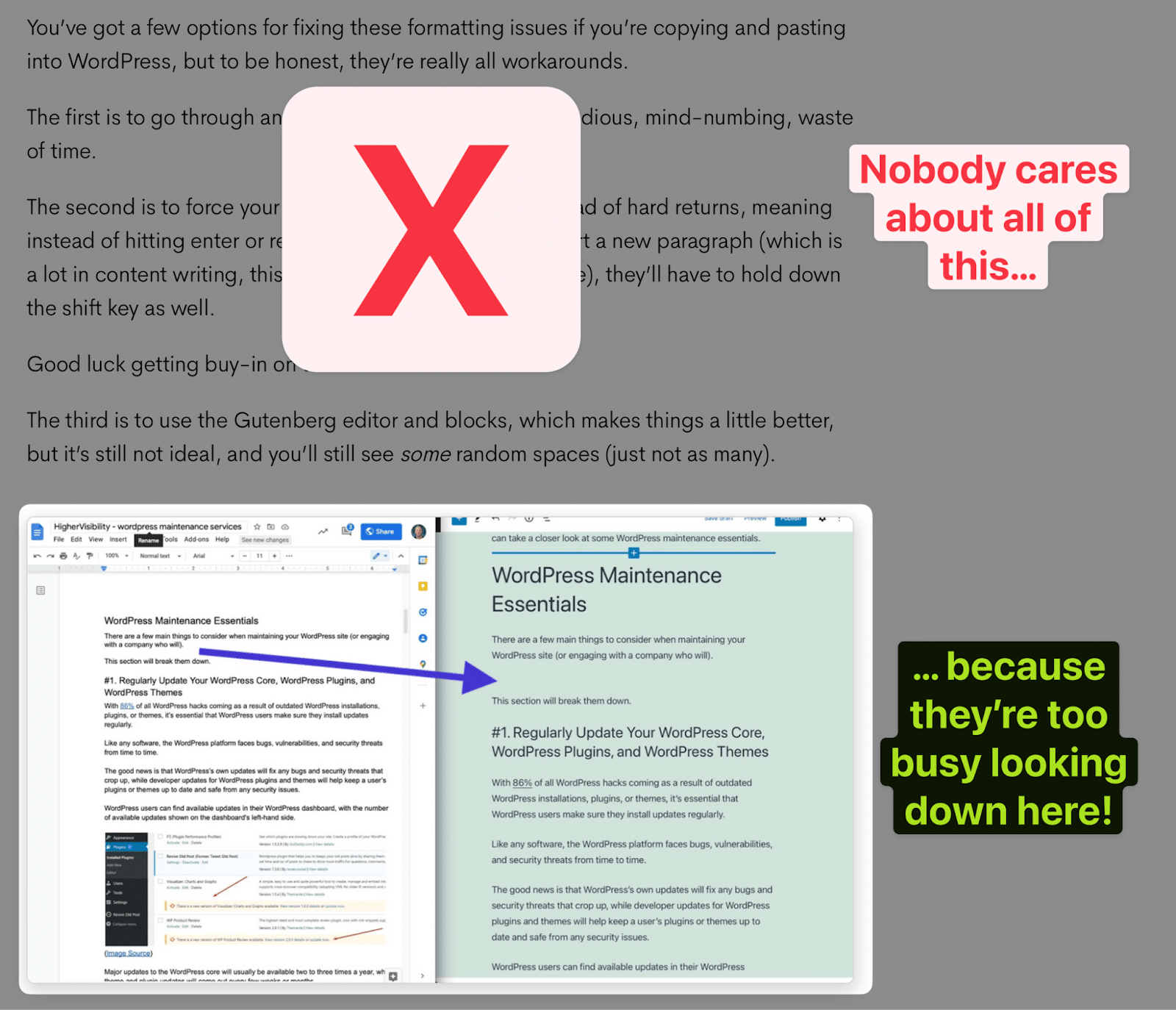
Mixed media helps break up content, actually encouraging more scanning and scrolling, which your crack fiend-like audience is already accustomed to online.
This should include everything from:
- Featured images.
- Charts and graphs.
- Visualizing a process or explanation.
- CTAs.
- Even graphics that could be repurposed for social channels, video thumbnails, and more.
And it means anytime you explain some visual process, show it!
It's better to show people exactly how to "add a strikethrough in Google Docs," as an example, than to ramble on and on and on and bury the good stuff in walls of text around it.

7. Create long, in-depth content that can easily be repurposed into more audio and visual mediums
You don't need another statistic to explain video's importance to marketing. No one does.
So let's skip the foreplay and focus on the important point:
The very same long, in-depth, nuanced, interesting content that AI can't do also lends itself really well to another human-friendly element: audio and video.
A basic element is to take in-depth content and create audio summaries. Or, simply include thematically related discussion-style podcasts into related articles. The Economist does both.
But you can and should do the same with video, especially as YouTube continues to eat away at traditional television + streaming time while also eating away at organic SERP placements, too. (See point #4 above.)
So take your top content, or most competitive "head" terms, and create everything from product-focused walkthroughs to in-depth reviews or even motion graphics.
Just remember that we're shooting for what AI can't do = which often means more human inclusion with some talking-head elements, too.

8. Illustrate stories with interactive content and data visualization
The theme over the last few tips here is to focus less on the actual content itself and more on how you deliver it.
Specifically, make it more interactive so it is easier to grasp and more interesting to focus on for a few minutes.
Data visualization is the natural extension, then. Again, take a cue from top publishers like The Economist, which has recently been churning out interactive content pieces like this overview of worldwide weather systems.
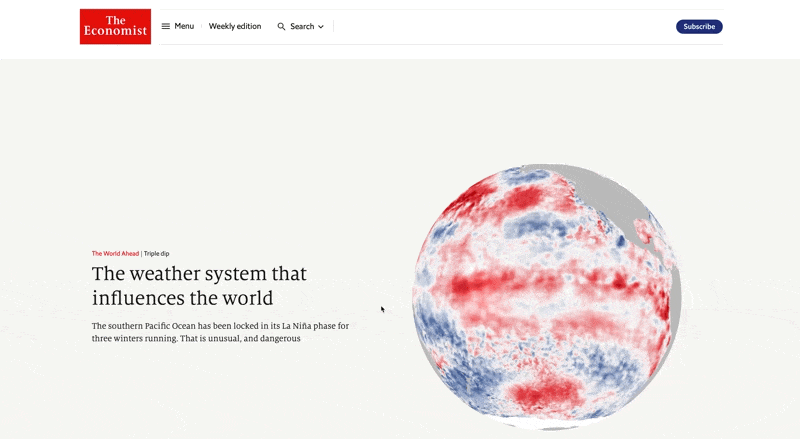
9. Lean into nuance and subjectivity by comparing alternative solutions for different audiences
AI doesn't waffle. It can't, by definition. It's programmed to spit out facts like that supremely-annoying know-it-all in your office. (Err, Slack Watercooler.)
The good news is that this dovetails nicely with the fact that online audiences are also becoming savvier. Meaning: if you just spew BS, they'll see right through it.
Nowhere is this clearer than affiliate-related SERPs. Sure, you can still pull the wool of the eyes of rubes in the "make money online" space.
But generally speaking, people are smart enough to know that there is no #1 right answer 100% of the time.
Instead, you often compare different options for different people based on a wide range of factors.
For instance, what's the best dive watch you can buy right now?
The answer is entirely dependent on budget!
What's "nice" at $100 isn't at $1,000, $10,000, or even $100,000. (Much to my bank account + wife's chagrin.)
But the point is that you can and should lean more into subject-style content.
At the very least, take a more balanced and nuanced approach to the kind of searches that might realistically work for multiple parties.
Once again, you can up the ante here by using better design, presentation, and even development to highlight these subjective differences clearly.
Think: comparison charts and graphics. Showcase pros vs. cons or which alternative is better depending on their budget, goals, and preferences.
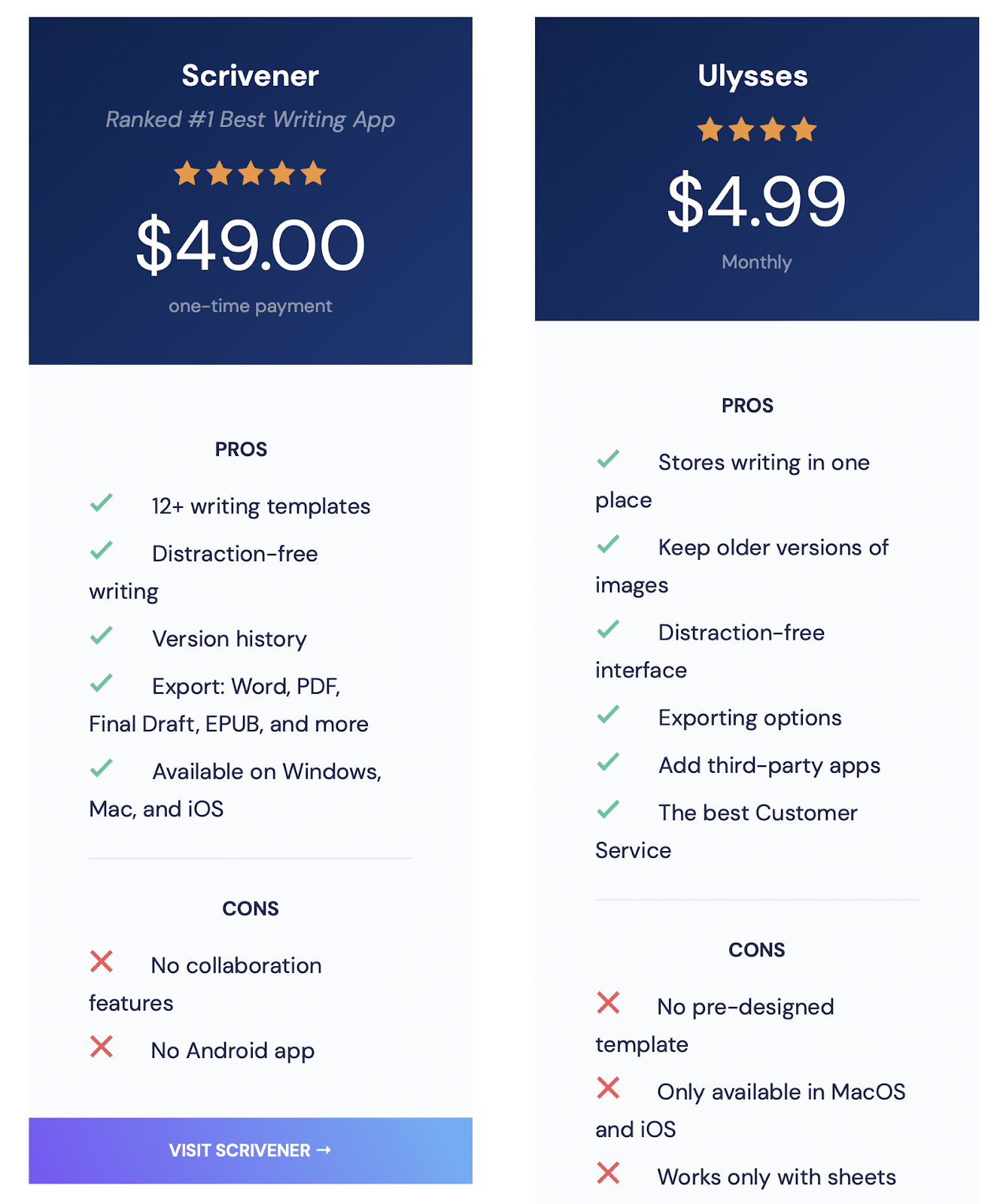
10. Demonstrate how things works, not just what they're capable of
You should always strive to go the extra mile.
Sounds trite. But it's true.
If the competing content has zero images, you should have five. If they have 10 stock images, you should have 10 custom ones.
Your content will need a competitive "moat," made up of all these elements we're talking about today, to "future-proof" your content as much as possible.
My last favorite example includes calculators, tools, quizzes, and other embeddable elements.
Let's literally and figuratively go that extra mile now. Say you have two ways of determining your expected finish time in a marathon.
You can:
- Painstakingly look up your mile time on the leftmost column of a huge chart, using both fingers to draw lines between that and your distance time…

- Or, you could punch in two numbers and get an instant answer:
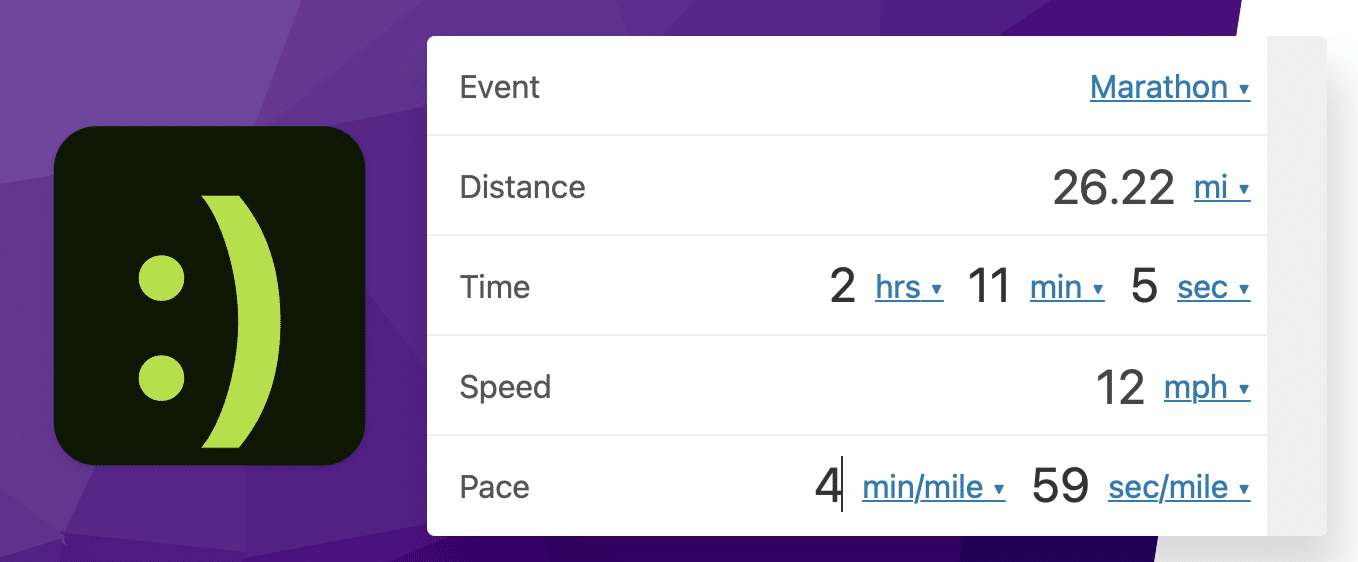
(Hmmm. That latter example even kinda sounds like what AI is doing, anyway?  )
)
Remember that "content" doesn't always mean "text."
Yes. You will often need text to start. A script is the nucleus of a video.
But the actual presentation, format, delivery, or interaction will continue to matter more and more over the next decade.
Double down on what AI can't do
The cat is out of the bag.
AI will only continue getting better and better and better.
Pretty soon, we'll have no choice but to build digital pyramids in the metaverse in its honor.
Thankfully, that day isn't today. Or tomorrow. Probably not five years from now, either.
AI can do lots of things better than you and me. However, it's embarrassingly bad at a slew of things.
Compete on those latter things. On the things that aren't easily reproducible and aren't likely to change anytime soon. Especially the human bits that are already hardwired into our internal hard drives.
Machines might be able to beat you at chess. But they won't ever at intangibles like instincts or intuition.
Or any other "i" word to complete the cheap alliteration joke that confirms there's a living, breathing human typing this after all.
The post AI can’t write this: 10 ways to AI-proof your content for years to come appeared first on Search Engine Land.
from Search Engine Land https://ift.tt/Ey3Cpfm
via IFTTT
No comments:
Post a Comment